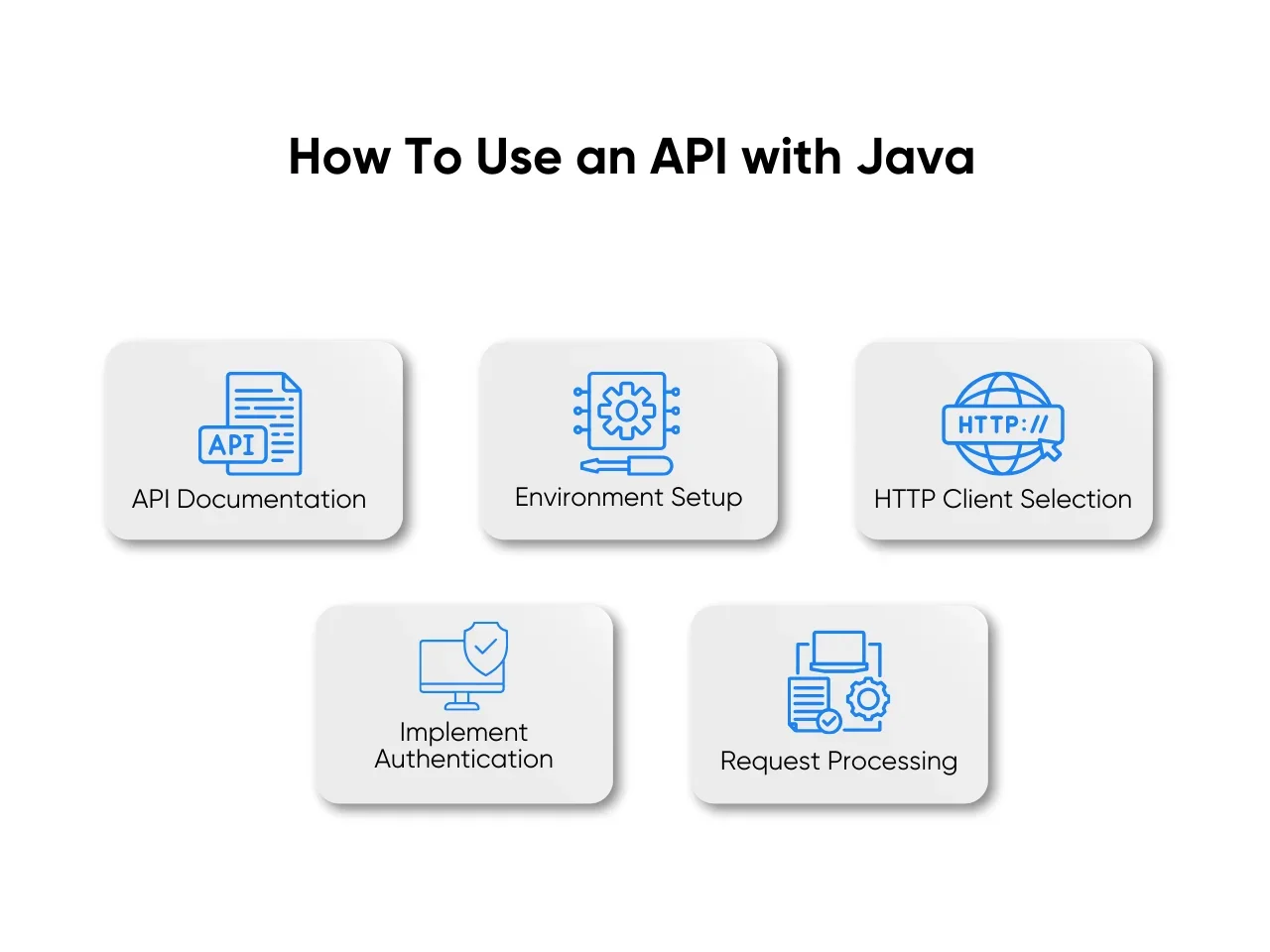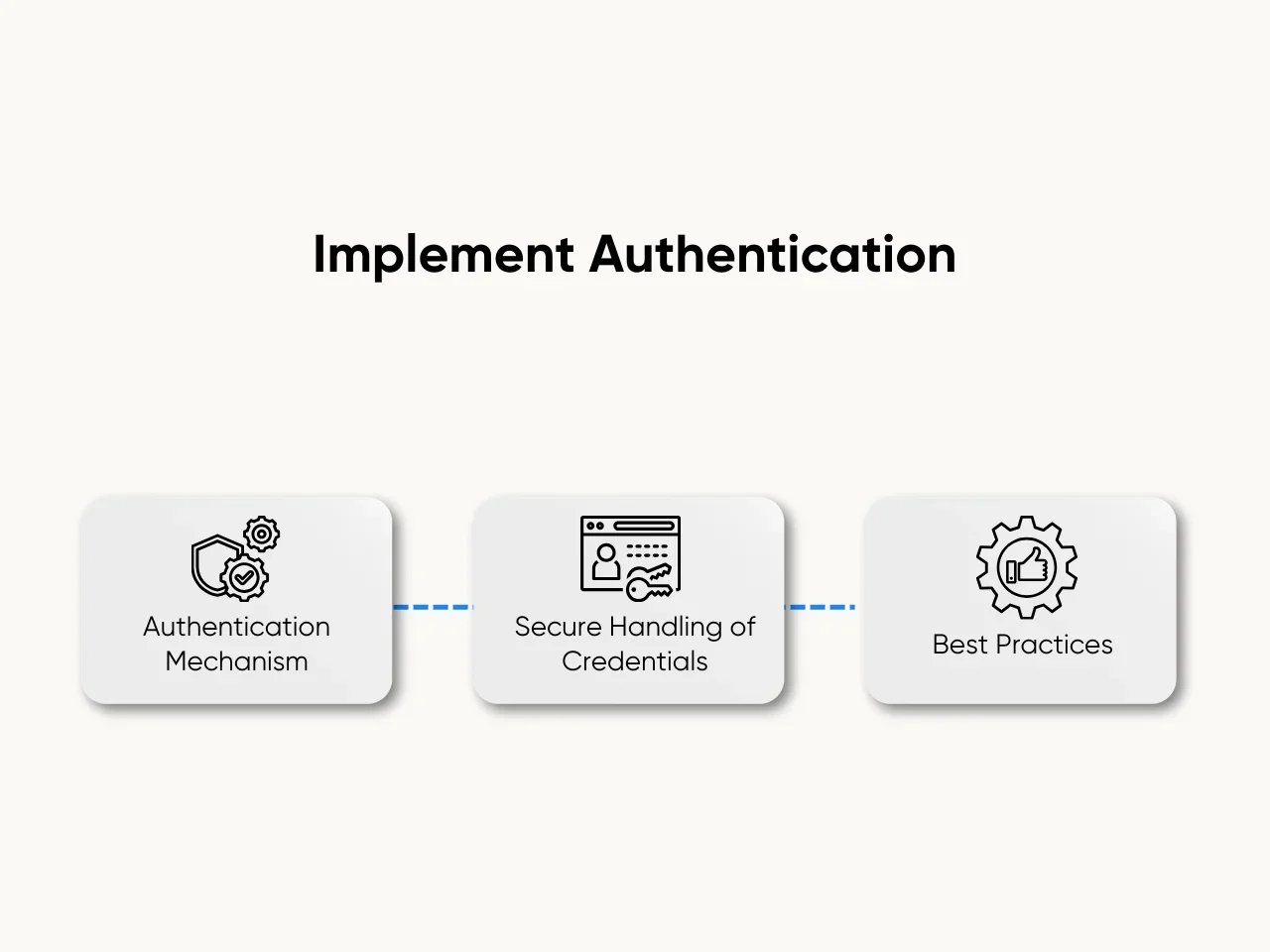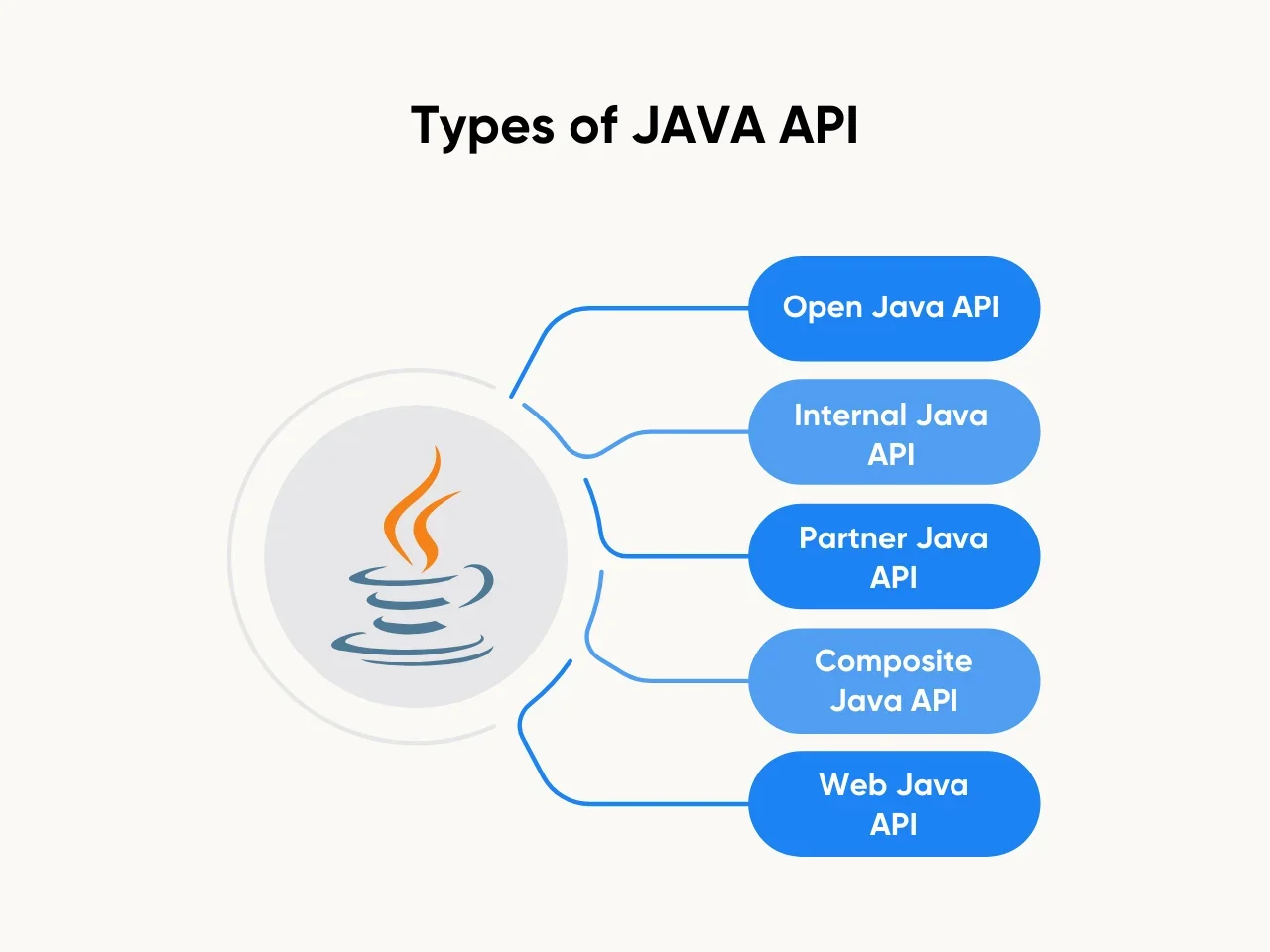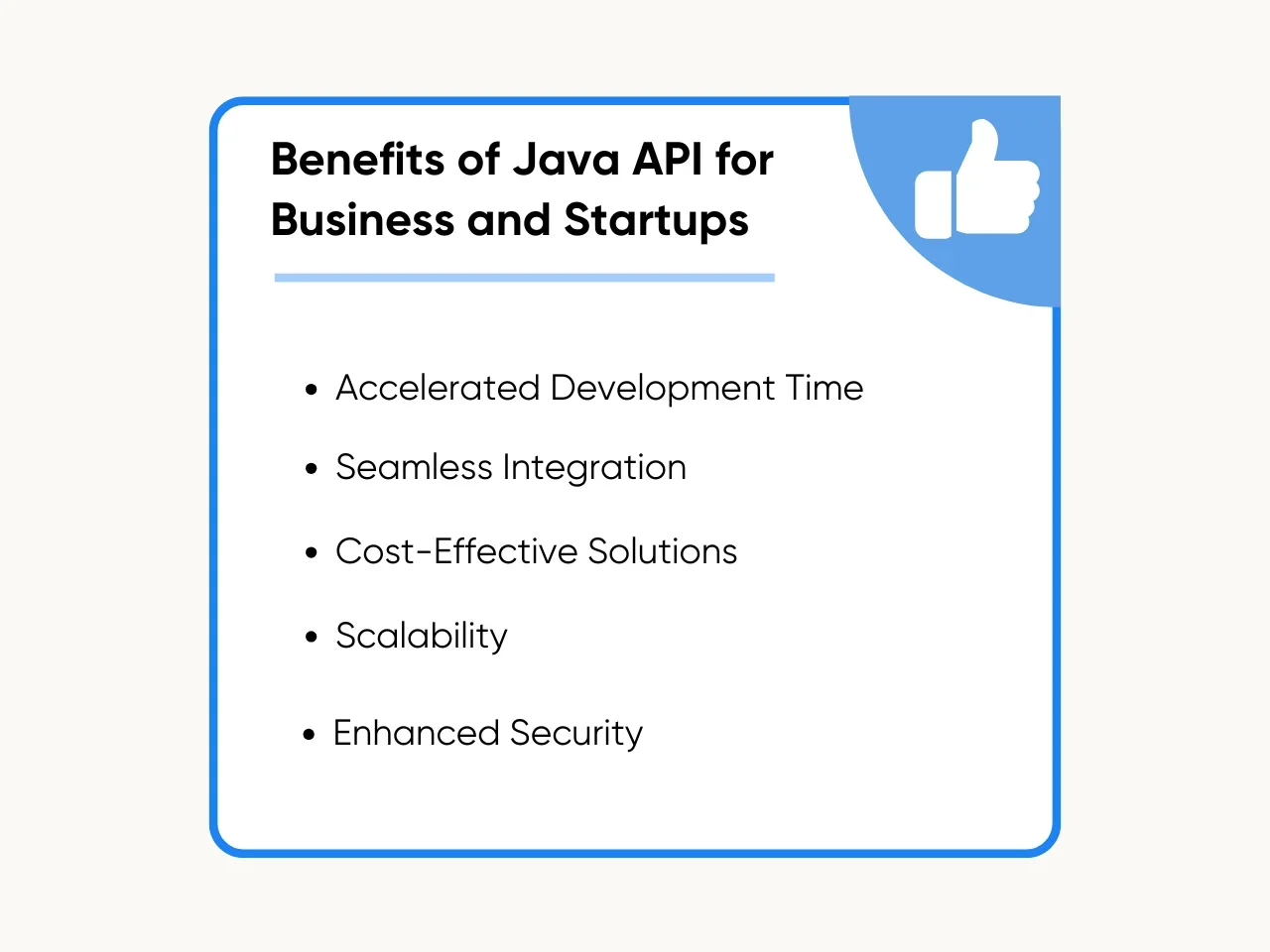JAVA stands as a cornerstone in software development, offering robust solutions through its Application Programming Interfaces (APIs). A Java API is a critical bridge between different applications, allowing them to efficiently communicate and perform complex tasks. These APIs are the building blocks of software development, enabling programmers to leverage pre-written code, thus accelerating the development process.
Aloa, with its profound expertise in software outsourcing, understands the critical role Java APIs play in developing high-quality, efficient applications. With deep insights into Java development, Aloa assists in harnessing the full potential of Java APIs, simplifying the complexities involved in creating robust applications. Aloa guides you through every step, ensuring the seamless integration of Java APIs into your apps, enhancing functionality, and streamlining dependencies.
This blog will provide an overview of Java API, exploring its different types, roles in connecting different applications, and best practices for utilizing them in building your apps. We will also explore their significant features, use cases, and tangible benefits to businesses and startups. Afterward, you will gain a comprehensive understanding of Java API's capabilities and how Aloa guides and empowers JAVA developers to create robust and scalable applications.
Let's dive in!
What is a JAVA API?

A JAVA API is a vital component of the Java language, serving as a bridge between different APIs and the Java compiler to ensure seamless interaction with the Java runtime. With its comprehensive toolkit within the Java Development Kit (JDK), it facilitates communication between apps and external services over HTTP.
Hiring a skilled Java developer can execute CRUD operations through these APIs, manage OAuth authentication, and interact with services like Gmail directly from their applications. JAVA APIs play a crucial role in software development, simplifying the creation of intricate applications on various virtual machines. They also leverage the power of Java SE, enabling efficient application development across numerous environments, from Eclipse to GitHub.
How To Use an API with Java
Integrating an API with Java involves several vital steps to ensure seamless functionality. Each step is crucial for successful integration, from understanding the API documentation to implementing authentication and processing responses. Let's explore five essential steps to utilize an API with Java effectively.

Step 1: Understand the API Documentation
Before integrating an API with Java, grasp the intricacies of the API documentation. This essential step lays the groundwork for successful integration, ensuring you can navigate the API effectively and thoroughly leverage its capabilities. Start by immersing yourself in the documentation, paying close attention to critical aspects such as endpoints, request/response formats, authentication protocols, and rate limits outlined by the API provider.
Here are the key questions to address:
- What are the available endpoints, and how do they map to the functionalities required for your application?
- What authentication methods does the API employ, and how do you securely integrate them into your Java application?
- Does the API impose specific rate limits or usage quotas, and how should you design your application to adhere to them?
- What are the expected formats for requests and responses, and how do you validate and handle them within your Java code?
Understanding these aspects ensures a smooth integration process and enhances the reliability of your application's interactions with the API. The API documentation plays a crucial role for successful integration with Java. It forms the basis for constructing requests, handling responses, and implementing authentication, ultimately contributing to the effectiveness of your application's interaction with the API.
Step 2: Set Up Your Development Environment
Setting up a robust development environment is essential for seamless integration of APIs with Java. This involves installing the Java Development Kit (JDK) on your system and providing the necessary Java programming tools. You may choose an Integrated Development Environment (IDE) that suits your preferences and workflow, such as Eclipse or IntelliJ IDEA.
Here are crucial considerations for setting up your development environment:

- Install JDK: Ensure you have the latest version of JDK installed on your system to access Java's libraries and tools.
- Choose IDE: Select an IDE that offers features like code completion, debugging tools, and project management capabilities to enhance your development experience.
- Configuration: Customize your IDE settings and project configurations to align with your development requirements.
A well-configured development environment accelerates the coding process and facilitates efficient testing and debugging of your API integration code. Setting up a suitable development environment is a foundational step that lays the groundwork for seamless API integration with Java, enabling smoother development workflows and enhanced productivity.
Step 3: Choose an HTTP Client Library
Choosing the suitable HTTP client library is crucial for seamless communication with API endpoints in Java applications. Apache HttpClient, OkHttp, and HttpURLConnection are some popular options, offering distinct advantages. Apache HttpClient, known for its reliability and extensive feature set, provides robust support for various HTTP protocols and authentication mechanisms. OkHttp, on the other hand, excels in performance and simplicity, making it a preferred choice for developers prioritizing speed and efficiency.
HttpURLConnection, a built-in Java class, offers simplicity and familiarity, which makes it ideal for lightweight projects or scenarios where external dependencies are limited. Evaluate these libraries based on your project requirements, considering factors such as ease of use, performance, and compatibility with your application's architecture. Once selected, integrate the chosen library seamlessly into your project to handle HTTP requests and responses effectively, laying a solid foundation for successful API integration in your Java application.
Step 4: Implement Authentication
Security is crucial when integrating APIs with Java applications. Implementing authentication ensures that access to API resources is restricted to authorized users, safeguarding sensitive data and preventing unauthorized access. When implementing authentication, several factors must be considered:

- Authentication Mechanism: Understand the authentication mechanism required by the API, whether it involves API keys, OAuth tokens, or other methods.
- Secure Handling of Credentials: Safeguard sensitive credentials by encrypting them and avoiding hardcoding them within the application code.
- Best Practices: Adhere to industry best practices for authentication and authorization, such as using secure protocols (HTTPS), enforcing strong password policies, and implementing multi-factor authentication where possible.
Overall, implementing robust authentication mechanisms in your Java application is pivotal for securing API access and protecting it against potential security threats. Following best practices and thoroughly testing your authentication implementation, you can ensure the confidentiality, integrity, and availability of your application's data and resources.
Step 5: Make API Requests and Process Responses
With the groundwork laid out, it's time to start making API requests from your Java application. Leveraging the chosen HTTP client library, construct requests meticulously following the API's documentation guidelines. Ensure you include all necessary headers, parameters, and request bodies to convey your intentions to the API server accurately. Once the requests are formulated, dispatch them to the appropriate API endpoints, initiating communication with the external service.
Upon receiving responses from the API server, it's crucial to implement robust response handling mechanisms. Afterward, develop error-handling logic to gracefully manage scenarios such as network failures, server errors, or unexpected responses. Meticulously parse the response data to extract pertinent information that can be integrated into your application's logic or user interface, ensuring a smooth and intuitive user experience.
Types of JAVA API
Java APIs are vital for developers to build robust applications efficiently and innovate. These APIs, diverse in their nature, cater to different needs and scenarios in software development. Understanding the types of this API is essential for developers aiming to harness the full potential of Java in their projects.

Open Java API
Open Java APIs are publicly available, offering developers a vast repository of functionalities. These APIs, such as those provided by Apache, allow you to create apps with enhanced capabilities. For instance, developers can use Open Java APIs to manipulate bytes, manage directories, or handle file operations seamlessly. The accessibility of these APIs fosters community contributions and advancements, making them a cornerstone for developers aiming to leverage the internet and AI technologies in their applications.
Internal Java API
Internal Java APIs, hidden within the JRE, serve as the backbone for Java applications. Although not intended for public use, these APIs play a crucial role in the functioning of Java applications. Developers often explore these APIs to understand the internal workings of Java, enabling them to optimize their apps for better performance.
Partner Java API
Partner Java APIs are specialized interfaces provided to partners like Google or Twitter, enabling them to integrate Java applications with their services. These APIs facilitate secure and efficient communication between Java applications and the partner's server, enhancing functionality like data synchronization, user authentication, or content delivery.
Composite Java API
Composite Java APIs represent a fusion of various APIs to create more comprehensive and robust solutions. These APIs enable developers to combine functionalities like internet data retrieval, AI processing, or server management into a single application. Leveraging Composite Java APIs, developers can craft sophisticated applications capable of performing multiple tasks, such as downloading content, deleting obsolete files, or managing complex data structures efficiently.
Web Java API
Web Java APIs are specifically designed to streamline the development of web-based applications, providing essential tools for interacting with web servers, handling HTTP requests, and managing web content. These APIs are pivotal in enabling Java applications to efficiently connect with the internet, offering functionalities crucial for building dynamic and responsive web applications. Developers can leverage Web Java APIs to create apps that interact seamlessly with web services, process online data, and enhance user experiences.
Benefits of Java API for Business and Startups
Leveraging Java API's capabilities opens up many opportunities, empowering organizations to create scalable and versatile applications. Let's explore the five key benefits Java API offers to businesses and startups, explaining how it contributes to their success in the competitive market.

Accelerated Development Time
Java APIs provide pre-built codes and functions that significantly speed the development process. This allows JAVA development companies to focus on creating custom solutions without reinventing the wheel for every project. As a result, businesses can launch their products faster, giving them a competitive edge in the market. This rapid development time for startups means they can test, iterate, and pivot much quicker, ensuring they meet market demands efficiently.
Seamless Integration
One of the standout benefits of Java API is its power to facilitate seamless integration. Businesses today rely on a myriad of services and platforms to operate smoothly. Java APIs enable full-stack JAVA developers to integrate these diverse systems, ensuring data flows effortlessly between them. This interoperability is crucial for creating a cohesive ecosystem where all components work harmoniously, enhancing overall operational efficiency.
Cost-Effective Solutions
Investing in Java API development can lead to significant cost savings for businesses, especially startups. Instead of allocating resources to develop functionalities from scratch, companies can leverage existing Java APIs to build their applications. This reduces development costs and shortens the time to market, allowing businesses to allocate their resources more efficiently elsewhere.
Scalability
Scalability is at the heart of Java APIs, making them an excellent choice for businesses looking to grow. As companies expand, their software needs evolve. Java API is designed to accommodate these changes, allowing easy adjustments and additions. This scalability ensures businesses can continue using their existing applications, even as they scale, without costly overhauls.
Enhanced Security
Security remains a top priority for any business, and Java APIs contribute significantly to creating secure applications. Java's robust security features are built into its APIs, offering developers tools to create secure code from the outset. This inherent security is a boon for software development and JAVA, as it reduces vulnerabilities and protects sensitive data against potential threats.
Key Takeaway
In software development, using Java in the development process is pivotal in driving innovation and enabling businesses to stay competitive. With the extensive capabilities of Java API, organizations can harness the power of Java's versatile programming language to develop robust and scalable applications tailored to their specific needs. Whether it's building web applications, mobile apps, or enterprise solutions, such API provides the building blocks of bringing ideas to life and delivering value to customers.
Overall, utilizing Java APIs allows businesses to streamline their development process, reduce time to market, and focus on delivering unique value propositions to their customers. With the increasingly competitive landscape, the ability to quickly develop and deploy reliable software can be a significant advantage, making Java API an invaluable resource for companies looking to stay ahead.
Looking for expert Java developers to accelerate your project to the next level? Consider hiring expertly vetted web developers at Aloa. Our rigorous vetting process ensures that we set you up for success, delivering your needs on time and high quality at a reasonable budget. For more insightful content, sign up for Aloa’s email list or explore Aloa’s blogs to stay updated on Java development that can help propel your development projects to new heights.

